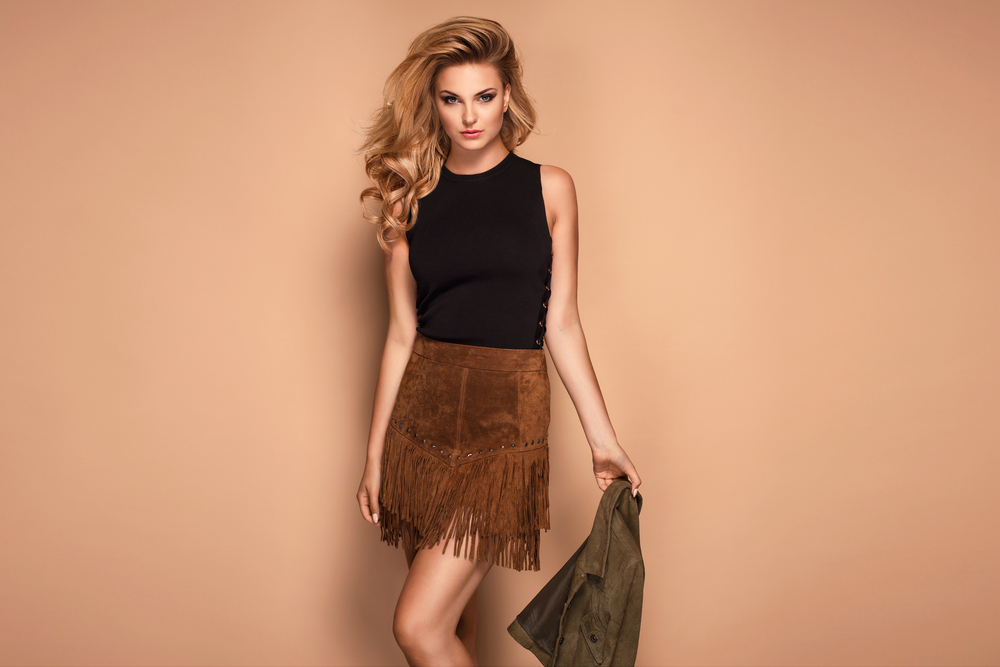
The Art of Modeling: Unveiling the Techniques, Challenges, and Success Stories
The Art of Modeling: Unveiling the Techniques, Challenges, and Success Stories
The world of modeling has always been shrouded in an air of glamour and mystique. From the runway to magazine covers, models capture our attention with their stunning looks and graceful poses. But behind the scenes, there is so much more to modelling than meets the eye. In this article, we will delve into the art of modeling, exploring the techniques, challenges, and success stories that shape this captivating industry.
1. Understanding the Techniques of Modeling
Modeling is not just about being beautiful or having a perfect body. It requires skill, dedication, and an understanding of various techniques that can enhance a model's performance. From mastering different poses to conveying the right emotions through facial expressions, models undergo rigorous training to develop these essential skills.
The technique of posing is at the core of modeling. Models must know how to position their bodies in a way that accentuates their best features and creates visually appealing lines. They learn to strike poses that exude confidence, elegance, and dynamism, making it easy for photographers and art directors to capture captivating images.
Additionally, models need to convey different emotions through their expressions. Whether it's projecting happiness, anger, or vulnerability, models must truly embody the character they are portraying. The ability to communicate emotions effectively adds depth to the photographs and connects the audience with the story being told.
2. The Challenges of Breaking into the Modeling Industry
While modeling may seem glamorous from the outside, the path to success is not without its challenges. Breaking into the industry can be a daunting task, requiring aspiring models to navigate a competitive landscape and overcome various hurdles.
One of the biggest challenges for new models is securing representation. Many agencies receive numerous applications daily, making it difficult for newcomers to stand out. Models often face rejections and have to keep striving, building their portfolios and networking to increase their chances of being recognized by industry professionals.
Physical standards and body ideals can also pose challenges for aspiring models. There has been a shift in recent years towards celebrating diversity and body positivity in the industry. However, there are still expectations and specific requirements for different types of modeling, such as high fashion or plus-size. Models must learn to embrace their unique qualities and find niches where they can shine.
3. Success Stories: From Struggle to Stardom
While the modeling industry can be tough, many success stories inspire aspiring models to pursue their dreams with determination. These stories serve as a reminder that with hard work, talent, and persistence, dreams can become a reality.
One iconic success story is that of Tyra Banks. Starting her journey in the early '90s, Banks faced initial rejection due to her unconventional looks. However, she never gave up and went on to become one of the most recognizable and influential models of her generation. Banks broke barriers by becoming the first African-American woman to be featured on the cover of Sports Illustrated Swimsuit Issue and later launched her successful reality show, America's Next Top Model, giving aspiring models an opportunity to showcase their potential.
Another remarkable success story is that of Ashley Graham, who challenged the traditional beauty standards and became a prominent figure in the world of plus-size modeling. Graham's career skyrocketed as she appeared on the cover of major fashion magazines and worked with renowned designers. She has since become an advocate for body positivity and inclusivity in the industry, inspiring many others to embrace their curves and redefine beauty standards.
4. Frequently Asked Questions
Q1: Can anyone become a model?
A1: While anyone can pursue a career in modeling, it requires certain qualities such as dedication, resilience, and the ability to adapt. Meeting specific physical requirements for certain types of modeling can also play a role.
Q2: How can I improve my modeling techniques?
A2: Practice is key to improving modeling techniques. Enrolling in modeling classes, working with experienced photographers, and studying the work of successful models can help refine your skills.
Q3: Is it necessary to have professional photos?
A3: While professional photos can enhance your portfolio, they are not always necessary to start. Aspiring models can begin by building their portfolio with high-quality photos taken by talented photographers, even if they are not professional.
Q4: Are there age restrictions in modeling?
A4: Modeling opportunities exist for people of all ages. While the industry tends to focus on younger models for fashion and commercial work, opportunities for mature models and age-specific campaigns are also available.
Q5: How do I find reputable modeling agencies?
A5: Researching and networking are crucial when looking for reputable modeling agencies. Attend industry events, reach out to established models, and thoroughly investigate agencies before signing any contracts.
In conclusion, modeling is an art that combines technique, dedication, and perseverance. Behind the glitz and glamor, models face challenges and work hard to succeed in a highly competitive industry. By understanding the techniques, embracing diversity, and drawing inspiration from success stories, aspiring models can embark on their own journey towards making their dreams a reality.
Other useful resources
- https://www.planetmodelphoto.com
- https://www.planetmodelphoto.com/models/modeling/usa/charlotte/nc-north-carolina
- https://www.planetmodelphoto.com/models/modeling/usa/wilmington/nc-north-carolina
